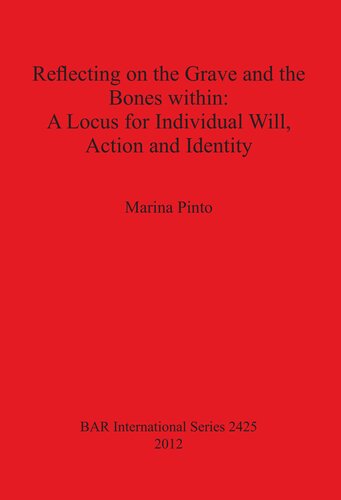

Most ebook files are in PDF format, so you can easily read them using various software such as Foxit Reader or directly on the Google Chrome browser.
Some ebook files are released by publishers in other formats such as .awz, .mobi, .epub, .fb2, etc. You may need to install specific software to read these formats on mobile/PC, such as Calibre.
Please read the tutorial at this link: https://ebookbell.com/faq
We offer FREE conversion to the popular formats you request; however, this may take some time. Therefore, right after payment, please email us, and we will try to provide the service as quickly as possible.
For some exceptional file formats or broken links (if any), please refrain from opening any disputes. Instead, email us first, and we will try to assist within a maximum of 6 hours.
EbookBell Team

0.0
0 reviewsA sample of 1227 Spanish wills, dating from fifteenth-, sixteenth- and seventeenth-century Madrid and Seville, is the basis for an in-depth exploration of the connection between individual action, identity and grave location. Each will is a repository of information concerning the will (intent) and prospective actions of one individual. The field of action in which personal will operates in this study centres on the necessity of finding a gravesite – an endeavour that is highly relevant to archaeologicalinterests. Real-world descriptions in the wills of where graves are and how they may be identified, or not, with the bodies of the deceased and with the remembrance of their souls, highlight the sharp distinction between archaeologists' and testators' concepts of space and grave location. The distinction is rooted in the testator's construct of personal identity, associated with the placement of his or her grave and the artefacts used to indicate the allegiances of body and soul in death, as in life. Such associations are lacking in the archaeological view of grave location and the identification of human remains, in part because there is not normally access to documentary sources, such as the wills, to indicate otherwise. In this study the author sets out to show that identity is the source of all human action and that it is translated into physical space and time by the exercise of individual will. Examples are taken from wills to illustrate some of the ways in which the personal connection between action and identity impinges on all the material evidence, both positive and negative, that may be unearthed in the archaeological excavation of grave sites.